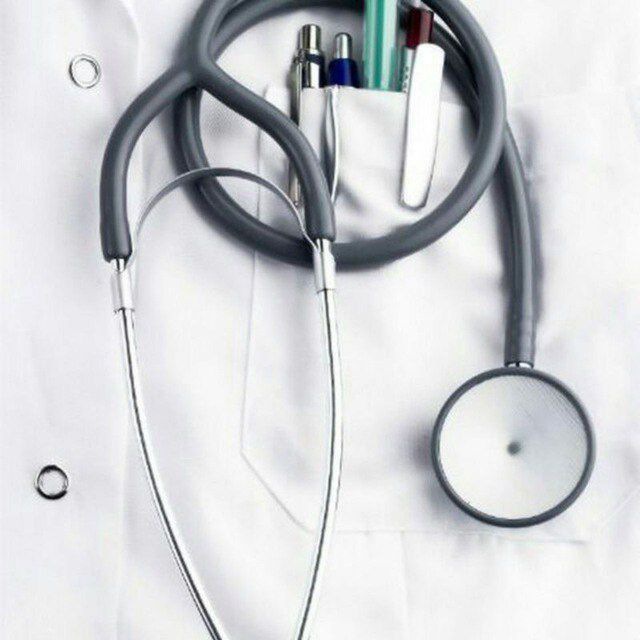Types of forceps and surgical instruments
Babcock: They are used to take the tubular viscera.
Alice forceps: Used to remove soft tissue such as fat and subcutaneous tissue.
Cochlear forceps: Used to remove hard viscera.
Serrated forceps: used to remove skin
Cord or wash forceps: Used to perp the patient.
Tenaculum: Used in gynecological surgery to remove the body of the uterus.
Hemostatic forceps: The forceps is a vascular forceps. It is used to obtain veins and arteries.
Alice clamp: Used to clamp the large intestine.
Hand perforator: Used to drill a hole in the skull.
Bent: Used to repair broken bones.
Bisturi category: There are numbers 2 to 7.
Surgical blades: There are numbers 10 to 22.
Lawn or bone graft: It is used for plugging and is widely used in orthopedic surgery.
Dibaki forceps: Used in vascular surgery to clamp large arteries.
Dennis clamp: Used to clamp the intestines.
Suction freezer head: Used in nerve, ear, throat and nose surgery.
Arthroscopic: Used in back surgery
Jigsaw: Used to cut bones, especially skull bones
Total arthroscopy: Used in abdominal surgery.
Crescent forceps: Used to cut bone plates.
Tongue: Used to cut broad bones.
Ronghorn: Used in orthopedic surgery to cut dense bones.
Lumen: Used to hold the plaque stable during plaque placement.
Mayo-Robson clamp: used in intestinal anastomosis
Pots scissors: for vascular surgery
Shower suction head: Used in abdominal surgery, especially intestines
Acartor or heel: used in abdominal surgery, especially in obese people
Root echocardiography: used in intervertebral disc – laminectomy
Stotum: Used to cut the head of a bone.
Stele: Used in anorectal fistula surgery
Vaginal acartor: Used in hysterovaginal surgery – head collage.
Spark plug: Used in curettage.
Hysterometer: Used to measure the fundus of the uterus.
Cut: Used to shave bone tissue in orthopedics or uterus during curettage.
Razors and scalpel handles
Blades are used in different shapes for different purposes. It may be made of carbon steel. The blades come in different numbers. The choice of size and type of these knives depends on the surgeon’s request and the ease of use in the operating room.
Scalpel
They are usually made of rice, depending on the size of the blades and have slightly different sizes and shapes. They are marked from 1 to 7, with 3 being the most appropriate for most surgeries. The No. 7 scalpel handle is thin and long and is suitable for use in deep surgeries such as incisions on the bile duct (this channel is used to pass a catheter through it and wash and inject diaphragm for imaging and diagnosis of obstruction or fissure stones). Fine knives are also used in vascular surgery to make incisions on the veins. https://t.me/joinchat/LGFNuFbsiWDOnIal9Q65LA
This post is written by deture
